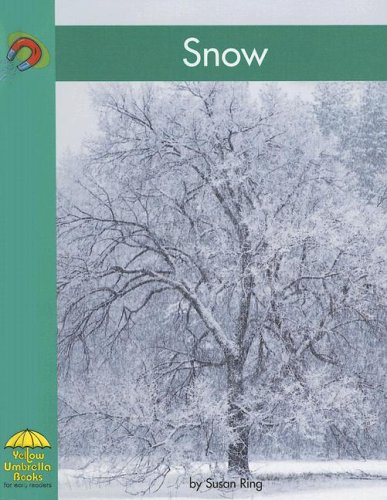-
Everyone Is a Scientist
Lisa Trumbauer
Library Binding (Capstone Press, Sept. 1, 2000)Describes what a scientist does and the tools a scientist uses. Explains that different types of scientists do different jobs. I
I
-
Illustrated Guide to Home Biology Experiments: All Lab, No Lecture
Robert Bruce Thompson, Barbara Fritchman Thompson
Paperback (Make, April 26, 2012)Experience the magic of biology in your own home lab. This hands-on introduction includes more than 30 educational (and fun) experiments that help you explore this fascinating field on your own. Perfect for middle- and high-school students and DIY enthusiasts, this full-color guide teaches you the basics of biology lab work and shows you how to set up a safe lab at home.The Illustrated Guide to Home Biology Experiments is also written with the needs of homeschoolers firmly in mind, as well as adults who are eager to explore the science of nature as a life-long hobby. To get the most from the experiments, we recommend using this guide in conjunction with a standard biology text, such as the freely downloadable CK-12 Biology (ck-12.org).Master the use of the microscope, including sectioning and staining Build and observe microcosms, soda-bottle worlds of pond life Investigate the chemistry of life from simple acids, bases, and buffers to complex carbohydrates, proteins, lipids, enzymes, and DNA Extract, isolate, and observe DNA Explore photosynthesis, osmosis, nitrogen fixation, and other life processes Investigate the cell cycle (mitosis and cytokinesis) Observe populations and ecosystems, and perform air and water pollution tests Investigate genetics and inheritance Do hands-on microbiology, from simple culturing to micro-evolution of bacteria by forced selection Gain hands-on lab experience to prepare for the AP Biology exam Through their company, The Home Scientist, LLC (thehomescientist.com/biology), the authors also offer inexpensive custom kits that provide specialized equipment and supplies you’ll need to complete the experiments. Add a microscope and some common household items and you’re good to go.
-
Let's Make Butter
Eleanor Christian, Lyzz Roth-Singer
Library Binding (Capstone Press, Sept. 1, 2000)Describes the ways food can change, using butter as an example, and shows the steps needed to make heavy cream into butter. I
I
-
How Things Move
Don L. Curry
Library Binding (Capstone Press, Sept. 1, 1999)Explains the concept of push and pull movement, using many examples. I
I
-
What Computers Do
Hollie J. Endres
Library Binding (Capstone Press, Sept. 1, 2004)Provides an introduction to the various ways in which people use computers. I
I
-
Science: Reproducible Grade 3
STECK-VAUGHN
Paperback (STECK-VAUGHN, Sept. 1, 2003)Support and extend your science curriculum with this activity-rich program! Meeting NSTA standards in Life, Physical, and Earth & Space Science, this extensive resource provides a wonderful blend of background information for the teacher, cross-curricular activities, projects and experiments, and assessments that enrich and extend science period. All-inclusive presentation of life, physical, and earth & space sciences. Useful background information ideal resource for teachers with limited science exposure as well as the veteran science educator. Projects and experiments that will intrigue students and that use easy-to-find materials. Plenty of graphic organizers, including charts, tables, maps & graphs. Assessments that are ideal as pretests, posttests; perfect for portfolios. Lists of books for further reading allowing students to pursue individual interests and expand into other curriculum areas. Correlation to FOSS standards. Q
Q
-
What Is an Insect?
Lisa Trumbauer
Paperback (Capstone Press, Sept. 1, 2000)Text and photographs present insects. A
A
-
Fast and Faster!
Alan Rubin
Library Binding (Capstone Press, Jan. 1, 2003)Describes how animals and vehicles move in different ways and at different speeds. I
I
-
The Way the Universe Works
Jayne Parsons
Paperback (Penguin Books, Limited (UK), July 6, 2006)Provides a 21st century introduction to the science of the cosmos. This work includes coverage of astronomy, physics, and cosmology, explaining why science matters and why it helps to explain how the Universe works. It features 50+ projects from creating your own lunar eclipse to investigating what happens inside a black hole.
-
What Is in Space?
Vita Jiménez
Paperback (Capstone Press, Sept. 1, 2002)Photos and text present what can be found in outer space. B
B

